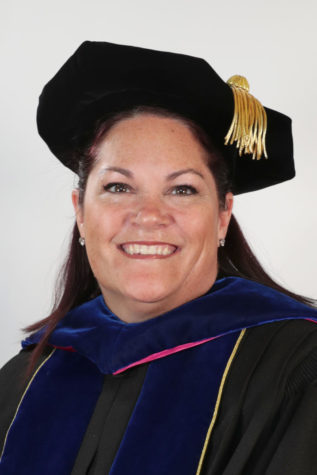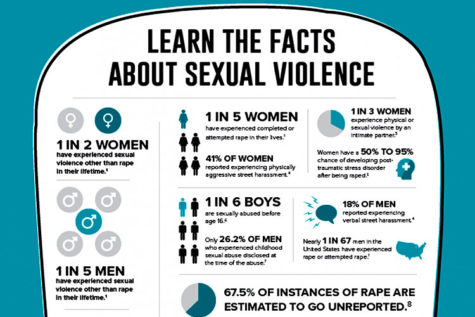Recognizing Byzantine Rite Catholic Church
April 26, 2016
The Gamble Civic Institute and the Physician’s Assistant Program rented a building owned by the adjacent church, Saints Peter and Paul Byzantine Church, in June.
Too many Catholics, Byzantine churches are shrouded in mystery. Not many know much about other types of Catholicism besides the modern Roman Rite.
There are differences between the Byzantine Rite and the Roman Rite.
“The Byzantine traditions are derived from the practices of the Eastern Roman Empire while the Roman Rite is derived from Western Rome,” Father John Mihalco said.
The misconception is that Eastern Catholics are not Catholic, due to being confused with the Orthodox. While the Byzantine Catholic Churches share the same liturgical tradition as Eastern Orthodox Churches, the Byzantine Rite Catholics accept the authority of the Pontiff unlike the Orthodox churches, Mihalco said.
Several Catholics do not understand that there is more than one rite in the Catholic Church, as he stated.
“All Catholics should know the fact that Eastern Rites are just as Catholic as the Roman Rite,” Mihalco said.
The Ruthenian Catholic Church, which the parish is affiliated with was founded in 1646 when Orthodox leaders in Ruthenia, where Slovakia, Hungary, and Ukraine meet, joined the Catholic Church under the Union of Uzhorod.
Few students venture to Sts. Peter and Paul, but those who make it are in awe. The first thing students see is the large image of Jesus on the back wall, guarded by the iconostasis, a wall with three doors and icons.
Behind it, resting on the altar, sits a menorah lit during the liturgy and the Tabernacle, where the Blessed Sacrament is reserved for the sick. The middle doors are opened so the faithful may witness consecration. The two adjacent doors have different icons on them with Saint Stephen on the left and Saint Michael on the right. In front of it resides three icon stands, with the left bearing the Theotokos (Mary) and on the right, Jesus. The middle stand bears an icon commemorating the specific commemoration of the Divine Liturgy. Suspended above this, floats a chandelier that is lit during the liturgy.
To those used to the modern Roman Rite, Byzantine Rite worship will seem alien, especially since all music is chanted. This particular parish chants mostly in English, though it will occasionally incorporate the Byzantine Rite’s official language, Church Slavonic.
The priest in this rite will face the same direction as the congregation, similar to the Tridentine Latin Mass. The priest will regularly use incense for blessing, using a thurible with bells attached, which creates noise with each swing.
The Eucharist also seems different in the Byzantine Rite as the bread is leavened to represent the Risen Christ. The Body is placed inside the chalice containing the Blood. During distribution, the priest will use a liturgical spoon to deposit Communion into the communicant’s mouth.
Saints Peter and Paul is a beautiful church easily accessible to the community and provides off-campus involvement. For anyone interested in the faith, attending a Divine Liturgy here is a must.
Cultural understanding can be fostered through the September Slavic Festival and the Lenten fish dinners. For more information, please contact the parish by email: eriecountybyzantines@verizon.net.







